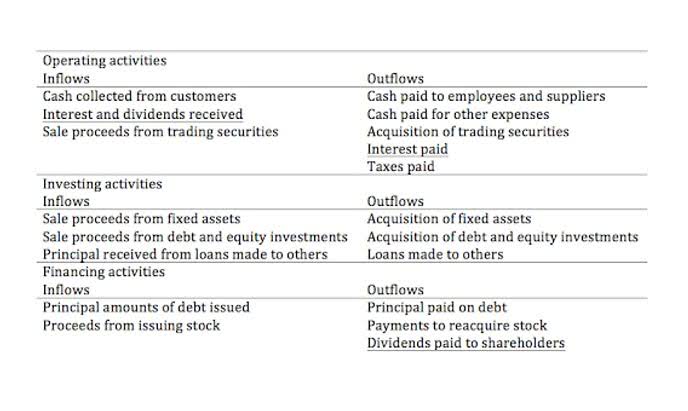
The business has paid the rent in advance and has the right to use the premises for the following three month period of April, May, and June. The pre paid rent account is a balance sheet account shown under the heading of current assets. On the balance sheet, prepaid rent is classified as a current asset and is presented under the “Prepaid Expenses” or “Other Current Assets” section. As the prepaid rent is utilized, the balance decreases, reflecting the portion of rent that has been consumed. Prepaid rent refers to a payment made in advance by a business for the use of a property or space over a specific period of time.

This journal entry is completed to establish your Prepaid Insurance asset account that represents the prepaid amount. Remember, to track prepaid expenses properly, they need to be recorded in your general ledger as a prepaid expense asset, with a portion of the prepaid asset accounted for each month as an expense. It is important to note that the specific classification of prepaid expenses may vary depending on accounting standards, industry practices, https://www.bookstime.com/articles/what-is-order-of-liquidity and company policies. The distinction between current and long-term assets helps stakeholders understand the timing and nature of the prepaid expenses and facilitates effective financial decision-making. The main purpose of recognizing prepaid expenses as assets is to accurately reflect the company’s financial position. By listing prepayments as assets, the company acknowledges that it has already committed resources for future benefits.
Prepaid Expenses
Base rent, also known as fixed rent, is the portion of the rent payment explicitly stated in the contract. A leasing contract may include a payment schedule of the expected annual or monthly payments. Even if the contract includes escalation increments to the beginning or base payment amount, this type of rent is fixed. It is presented in the contract, along with planned increases, and will not change over the contract term without an amendment.
- In this article, we have explored the concept of prepaid expenses and their significance in financial reporting.
- In conclusion, prepaid expenses serve as an indicator of a company’s financial management and commitment to future benefits.
- Sometimes, your accounting software can handle the amortization expense creation process, so your monthly journal entries will be completed automatically.
- Over 1.8 million professionals use CFI to learn accounting, financial analysis, modeling and more.
- Now that we have discussed the classification of prepaid rent on the balance sheet, let’s move on to understanding its presentation.
The company has recorded rent expense for the first two months of the quarter but they have an accrual for the payment. Prepaid rent is recorded at time of payment as a credit to cash and a debit to prepaid rent. When the future rent period occurs, the prepaid is relieved to rent expense with a credit to prepaid rent and a debit to rent expense. Deferred rent is a liability account representing the difference is prepaid rent an asset between the cash paid for rent expense in a given period and the straight-line rent expense recognized for operating leases under ASC 840. When a rent agreement offers a period of free rent, payments are not due to the lessor or landlord. However, you are recording the straight-line rent expense calculated by dividing the total amount of required rent payments by the number of periods in the lease term.
What are the most common accounting issues for prepaid rent?
Understanding prepaid expenses allows stakeholders to gain insights into a company’s financial health, cash flow management, and resource allocation. They are initially recorded as assets on the balance sheet when the payment is made. However, as these prepaid expenses are consumed or utilized over time, their value is gradually recognized as an expense on the income statement. When a company prepays for an expense, it is recognized as a prepaid asset on the balance sheet, with a simultaneous entry being recorded that reduces the company’s cash (or payment account) by the same amount. Most prepaid expenses appear on the balance sheet as a current asset unless the expense is not to be incurred until after 12 months, which is rare.
